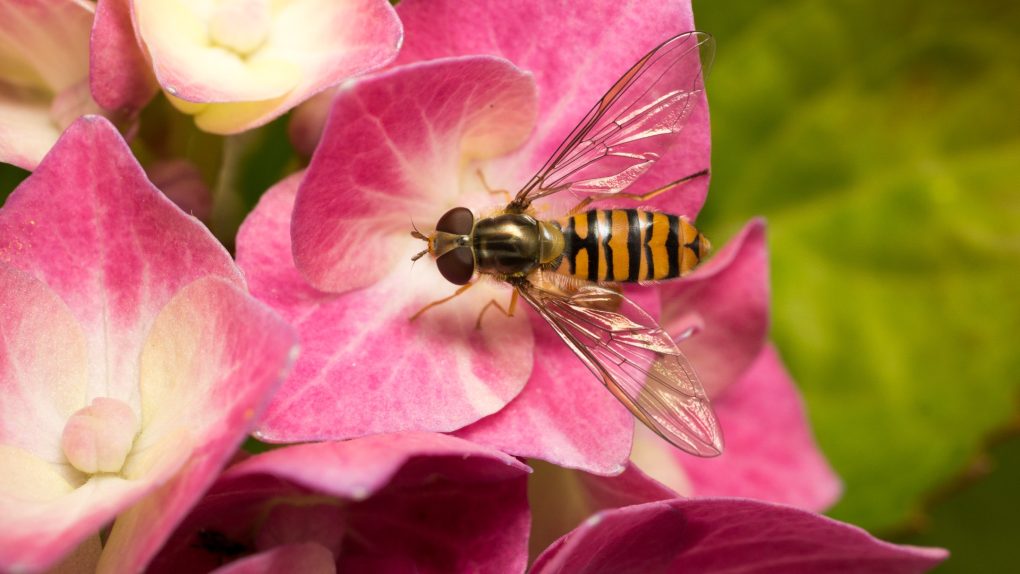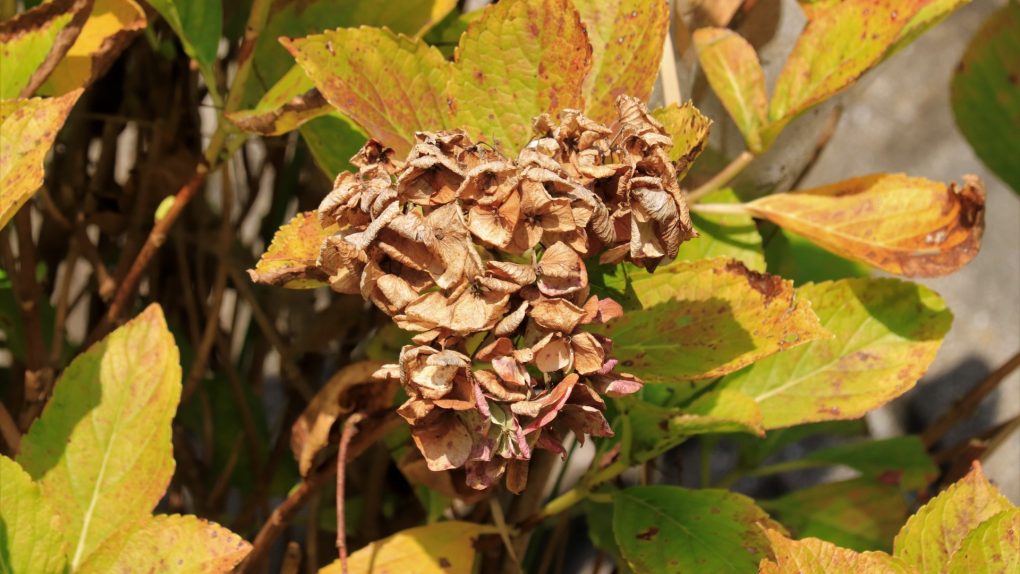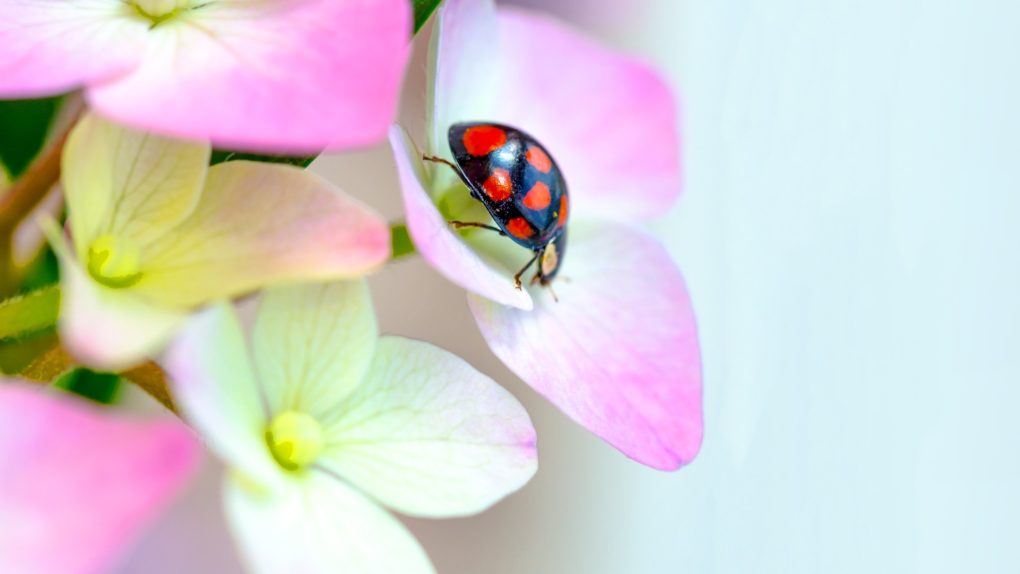Do Hydrangeas Attract Flies? Here’s What You Need to Know
Hydrangeas can attract flies, although they are not their primary pollinators. Instead, these flowering plants produce subtle fragrances and brightly colored flowers that may attract various insects, including flies.

Typically, flies are attracted to strong, decaying odors, but certain species are known to visit flowers for nectar or pollen. Hydrangeas are mostly pollinated by bees, butterflies, and other insects that prefer sweet-scented plants, but flies, specifically hoverflies, may also occasionally visit the flowers.
Table of Contents
Do Flies Harm Hydrangeas?
When it comes to the health and well-being of your hydrangeas, it’s essential to be aware of potential threats from pests. One common question is whether flies can harm these beautiful flowering plants. In this section, we will explore the impact of flies on hydrangeas and provide insights on how to mitigate any potential damage.
Potential Harm from Flies
Flies, particularly certain species like the fungus gnat, can be bothersome to hydrangeas. While they are not known to harm the plants directly, their presence can lead to indirect issues that may affect the overall health of your hydrangeas. Here are a few ways flies can potentially cause problems:
1. Larvae Infestation: Flies, especially fungus gnats, lay their eggs in the moist soil around hydrangeas. Once the larvae hatch, they feed on organic matter and plant roots. This feeding activity can weaken the plant’s root system, potentially hindering its growth and vitality.
2. Spread of Disease: Flies can act as carriers for various plant diseases, including fungal infections. If a fly feeds on an infected plant or comes into contact with diseased foliage, it can transfer the pathogens to your hydrangeas. This can lead to leaf spots, powdery mildew, or other detrimental conditions impacting the plant’s appearance and vigor.

Prevention and Control
Flies can be a nuisance for hydrangea growers, but several ways exist to prevent and control their presence. These methods include cultural practices, chemical control, and natural remedies.
Cultural Practices
One of the best ways to prevent flies from swarming hydrangeas is to maintain good cultural practices. This includes keeping the area around the plants clean and free of debris and removing any dead or diseased plant material. Regular pruning can also help keep plants healthy and prevent the buildup of insects.
Hydrangeas should be planted in well-draining soil and watered regularly to prevent plant stress. Additionally, it is important to avoid over-fertilizing, as this can lead to lush growth that is more susceptible to insect infestations.
Chemical Control
If cultural practices are not enough to control fly populations, chemical control may be necessary. There are several insecticides available that can be used to treat hydrangeas. Still, it is important to choose a product that is labeled for use on ornamental plants and to follow all instructions carefully.
It is also important to note that some insecticides can harm beneficial insects, such as bees and butterflies, so using them sparingly and only when necessary is important.
Natural Remedies
For those who prefer to avoid using chemical insecticides, several natural remedies can be used to control fly populations. One of the most effective is introducing natural predators, such as ladybugs or lacewings, into the garden. These insects will feed on flies and other pests, helping to keep populations in check.

Other natural remedies include insecticidal soap, neem oil, or horticultural oil to control insect populations. These products are generally safe for use around humans and pets. Still, it is important to follow all instructions carefully and to test a small area before applying to the entire plant.
Another option is to use companion planting to repel flies. Plants such as basil, mint, and lavender are known to repel flies, and can be planted near hydrangeas to help keep populations in check.
